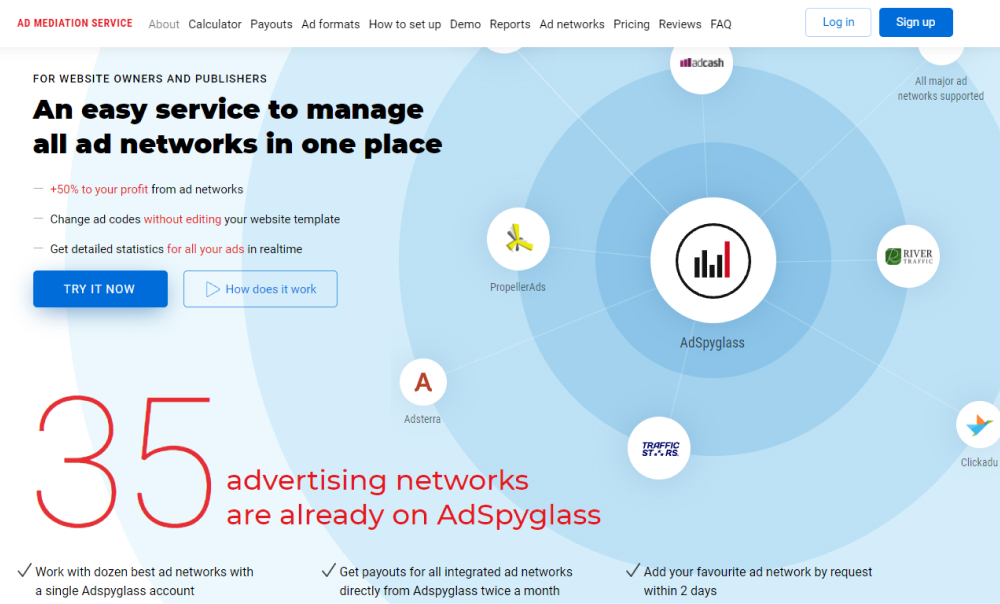Targeting is one of the most effective marketing methods which involves determining the target audience of a particular product or service to further reinforce the impact of advertising. The main goal of this strategy is to get the maximum benefit from an advertising campaign by reducing budgets and delivering the advertising message to a potential customer as efficiently as possible.
Targeted ads are designed to reach certain clients on the basis of pre-selected criteria such as gender, age, area of interest, country, location, income, social status, and other parameters. They all help to create small groups of audience and attract new potential users.
The Whole Process of Targeting Is a Sequence of 4 Stages
- Gathering all data containing information about consumers’ interests by monitoring the actions carried out by them on the Internet.
- Performing data analysis and selecting the groups of audience which are most likely to be attracted by the advertised product.
- Planning and designing an advertising material.
- Carrying out correct placement of an advertisement taking into account the specifics of the target audience and the frequency of visits to certain websites.
Types of Targeting
Depending on the aims, parameters, and settings determined, there are several types of targeting:
- Behavioral Targeting is a way of segmenting the audience on the basis of their web behavior. All searches carried out, pages visited, purchases performed online are taken into consideration.
- Retargeting is a strategic method of reminding users of products they have been interested in previously.
- Contextual Targeting is a process of juxtaposing the ad with the content of the web page.
- Geotargeting is the practice of delivering digital ads based on the physical location of the customers.
- Lookalike Targeting is a method of using existing information to target users who are similar in their behavioral features to the current audience of the webpage.
